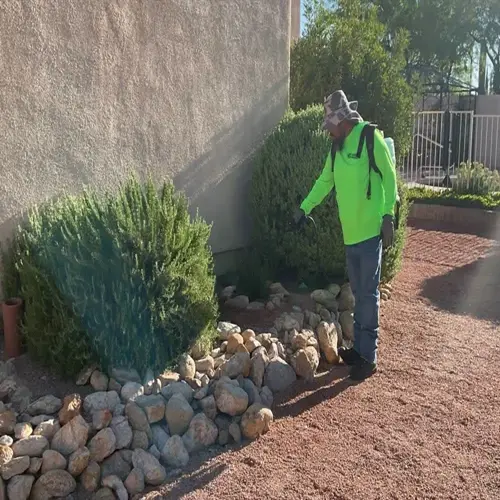What are the best plants for erosion control?

Written by
Nguyen Minh
Reviewed by
Prof. Martin Thorne, Ph.D.Choosing appropriate plants changes the measures for erosion control from temporary to permanent measures. I have stabilized failing slopes with deep-rooted species and anchor soil with natural rebar. Your success rate depends on matching plants with terrain challenges. Before planting, consider root depth, growth rate, and climate suitability.
Steep Slope Stabilizers
- Creeping juniper grips slopes with 3-foot deep roots
- Cotoneaster spreads woody roots across hillsides
- Pine trees shield inclines with needle mats
Surface Erosion Fighters
- Mondo grass traps sediment in dense root mats
- Clover covers soil fast preventing splash erosion
- Periwinkle forms thick mats in partial shade
Deep Subsoil Anchors
- Fir trees plunge 10+ foot taproots
- Willow roots penetrate compacted soil rapidly
- Eastern redbud thrives in urban clay subsoils
Plant in spring for best root development before summer storms. Space shrubs 3 ft on the slopes. For juniper, make holes 2x the width of the root ball. Amend soil with compost for better, faster growth. I water deeply twice a week for the first 6 weeks to ensure a strong start.
Layering plants for protection. On steep slopes, use cotoneaster and coconut matting. The shrubs will grow through the matting to create permanent anchors. In the gullies, plant willow behind check dams and rock structures. Roots will penetrate those structures within months and create living barriers.
Maintain planting for the seasons. Remove any branches before winter storms. Mulch around new plants each year. Look for root exposure after heavy rainfall. I apply organic fertilizer each spring, which increases growth rates typically by 40%. Healthy plants build thicker root systems, more so, in less time.
Your landscape can become an erosion-resistant environment. Initially, I would plant hardy natives, such as juniper, on one slope, and then, in subsequent seasons, begin adding more plants. I have seen barren hills transformed into stable, non-habitat areas in just three years. Care and consistent plantings build root systems that can outlast any event.
Read the full article: 9 Effective Ways to Prevent Soil Erosion

